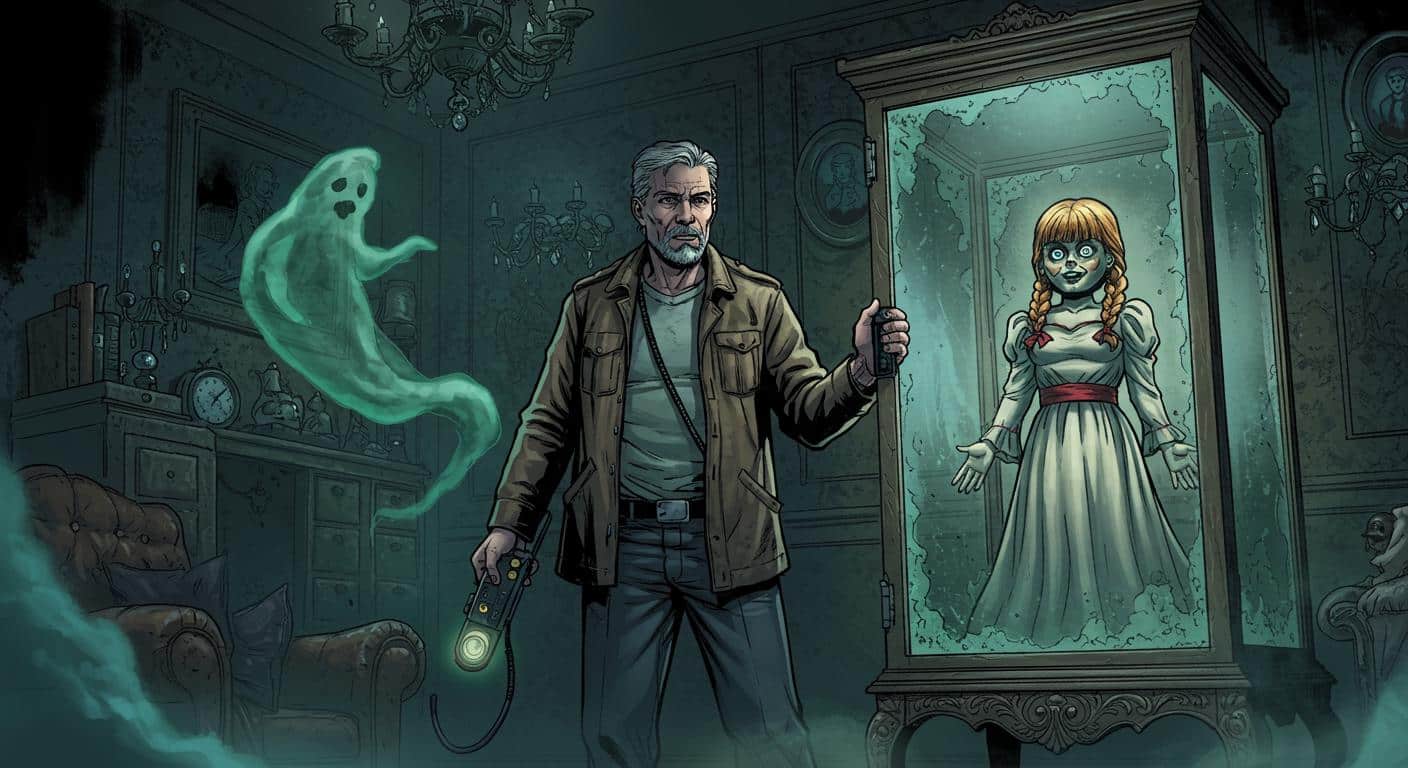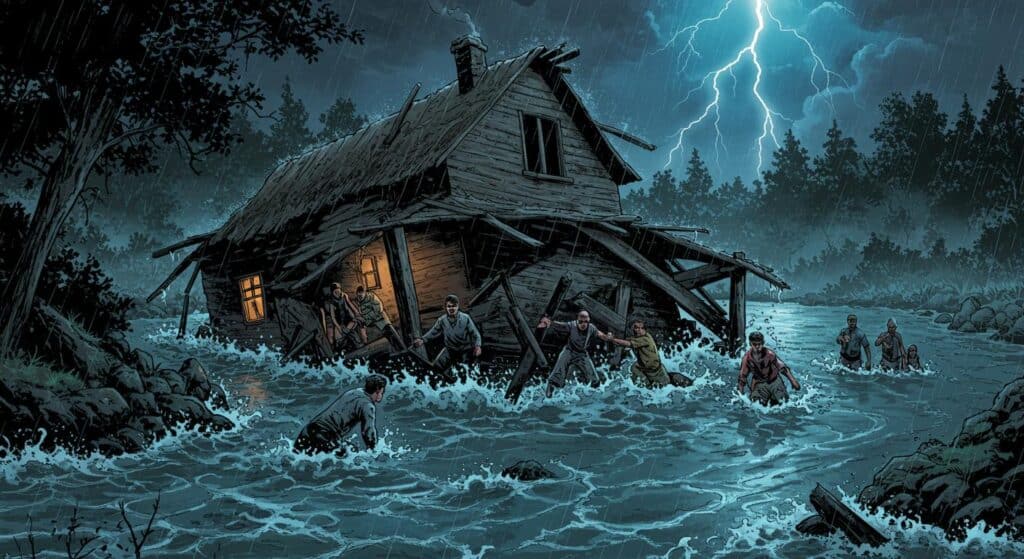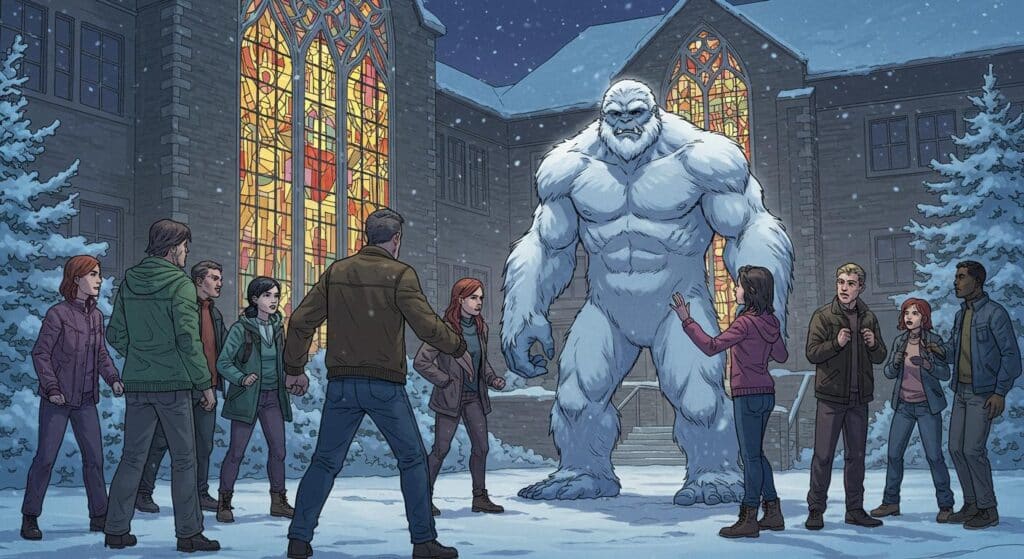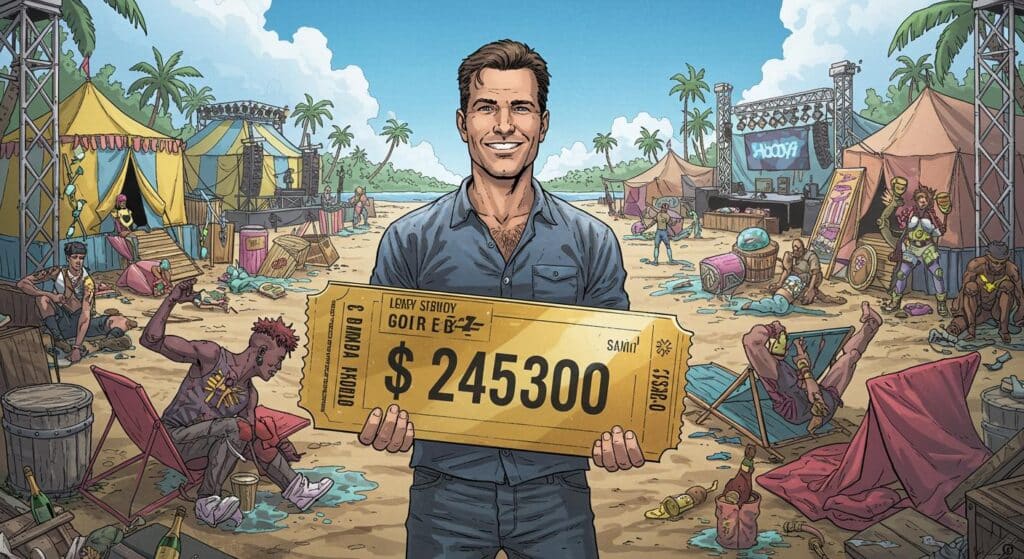The world of the weird and unexplained lost a prominent—and, by all accounts, deeply earnest—voice this past weekend. Dan Rivera, lead investigator for the New England Society for Psychic Research (NESPR), died suddenly while accompanying the infamous Annabelle doll on the “Devils on the Run” paranormal tour in Gettysburg, Pennsylvania. As detailed by NewsNation, Rivera’s passing at just 54 has sent ripples through supernatural circles, both online and off.
Haunted Dolls and Human Stories
Rivera’s death, announced on Monday, July 14 by NESPR in a heartfelt Facebook post, leaves behind genuine grief as well as speculation—some sincere, some spiraling into the theatrical. According to the Hartford Courant, Rivera was widely known for defending others against what he considered “dark forces,” and his sudden death during a high-profile event has only heightened the public’s fascination. As noted by the Courant, medics were called to a Gettysburg venue during the “Devils on the Run Tour” but the official cause of death remains pending. In an online video, Rivera spoke about forging a close professional bond with Lorraine Warren, eventually leading him to work with the Warrens’ famed Connecticut-based society—an organization blending history, legend, and more than a dash of theatricality about the spirit world.
The Doll at the Center
Annabelle, the star of both a Hollywood franchise and countless late-night ghost stories, is—somewhat unexpectedly—an ordinary wide-faced Raggedy Ann doll, not the porcelain menace from “The Conjuring” movies. Her claim to infamy, outlined at length by the Hartford Courant, is her supposed residency inside a locked display case (reinforced with crucifixes and holy water–infused lacquer) after the Warrens declared she was “inhabited by an inhuman spirit.” Visitors to her former home at the Occult Museum in Monroe, Connecticut, were famously warned—and those who ignored the warnings, as the Courant highlights, are allegedly part of a string of misfortunes and freak accidents that keep the legend alive. One oft-repeated story involves a museum guest ridiculing the doll, only to later die in a motorcycle crash—a detail that occasionally gets more play than the rest of Annabelle’s origin.
Accounts from People describe Annabelle’s legend tracing back to 1968, beginning with a student nurse whose gift quickly became the centerpiece of strange, sometimes menacing events. The Warrens—paranormal investigators with an undeniable flair for narrative—ultimately decided the doll itself was not possessed but manipulated by something decidedly “not human,” turning it into one of the museum’s main attractions (and, notably, the item that made their son-in-law most uneasy).
Dan Rivera, the Reluctant Mythmaker
Throughout his career, Rivera exemplified a blend of seriousness and storytelling rarely seen in the often hyperbolic realm of haunted attractions. According to The Daily Beast, Rivera’s “unexpected” death followed a sold-out weekend in Gettysburg, attended by both paranormal enthusiasts and fans of his measured approach. He contributed as a consultant for Netflix’s ghost-hunting series “28 Days Haunted” and appeared on the Travel Channel’s “Most Haunted Places,” but always seemed more invested in community and education than spotlight.
The Evening Sun, as referenced by multiple outlets, notes Rivera’s ability to draw large, intergenerational audiences through viral TikToks and well-trafficked social events—a testament to his knack for making the haunted and historical accessible rather than solely sensational. Fellow investigators and tour collaborators described him, in People’s account, as genuinely kind and deeply invested in sharing—even demystifying—the edges of paranormal belief.
Death, Lore, and the Perils of Pattern-Seeking
So what happens when a man so associated with a notorious “cursed object” dies while touring with it? Unsurprisingly, as the Hartford Courant documents, speculation in online communities took off within hours, though authorities themselves have provided no evidence that Rivera’s death was anything but natural and sudden. As noted by NewsNation, the cause of death is still pending, and officials have avoided any suggestion of supernatural involvement.
Still, legend-laden objects like Annabelle thrive precisely because our pattern-loving brains are irresistibly drawn to lining up dots—even when the lines between fact, anecdote, and outright fabrication are blurry at best. The Courant’s retelling of Annabelle’s long history—from mysteriously shifting locations in a nurse’s apartment to unsettling arm movements at the breakfast nook—shows how stories get layered and passed on, each teller and witness adding their own flavor. Particularly in the world of haunted artifacts, even ambiguous accidents become fodder for storytelling.
The Enduring Allure of the Haunted
Stepping back, what are we left to make of all this? Rivera’s last act—traveling the country with a doll regarded by some as the “most haunted” object in America, sparking curiosity and nervous laughter—plays out like a thoroughly modern campfire tale. The explanation-minded part of me leans toward psychology and social dynamics: the push-pull between skepticism and desire for mysterious, shared experiences. As the Daily Beast observes, Rivera’s appeal lay not just in his comfort with the unknown, but in his ability to bridge the chasm between outright belief and amused curiosity.
The human impulse to keep old legends alive, especially ones that promise shivers or serve as cautionary tales, seems stubbornly unbreakable. Rivera and his peers knew how to present mystery with empathy and a dash of spectacle, grounding elaborate mythologies in the plain facts and peculiarities of everyday life. Without keepers like him, would Annabelle’s legend carry as much weight? Or is it the storytellers—and not the stories themselves—that draw the crowds and keep the case locked?
As detailed in coverage from People and quotes shared in The Daily Beast, Rivera is remembered not as a zealot, but as an educator, a father, and a guiding hand in a community that thrives at the blurry border of entertainment and the unexplained. With his passing, Annabelle’s story has acquired yet another strange footnote—a reminder, perhaps, of how much we want there to be more than just coincidence.
Given the stories we tell—and the ones we inherit—you have to wonder: In the end, is it the haunted objects themselves, or the passionate narrators behind them, that really keep us up at night?







